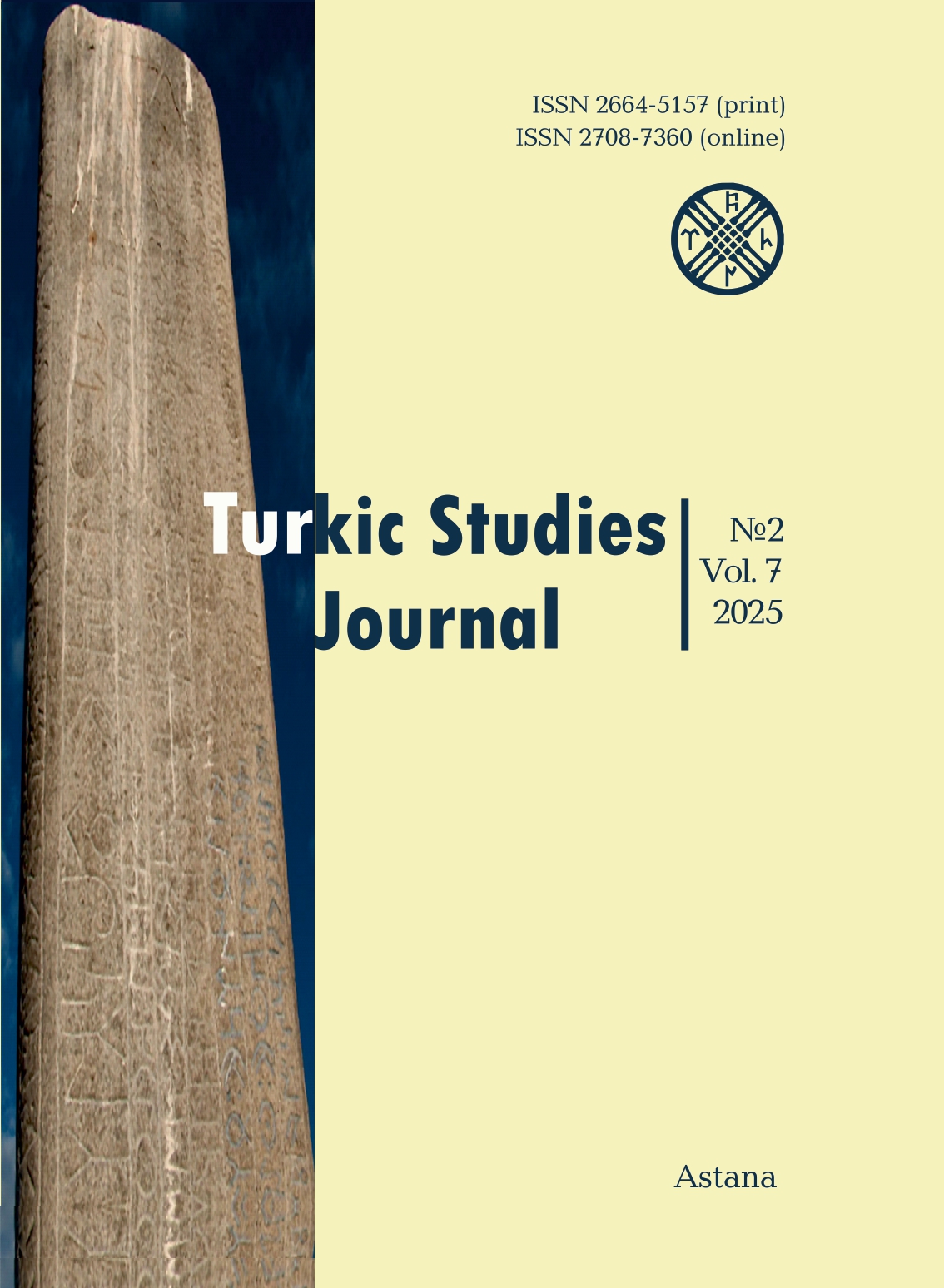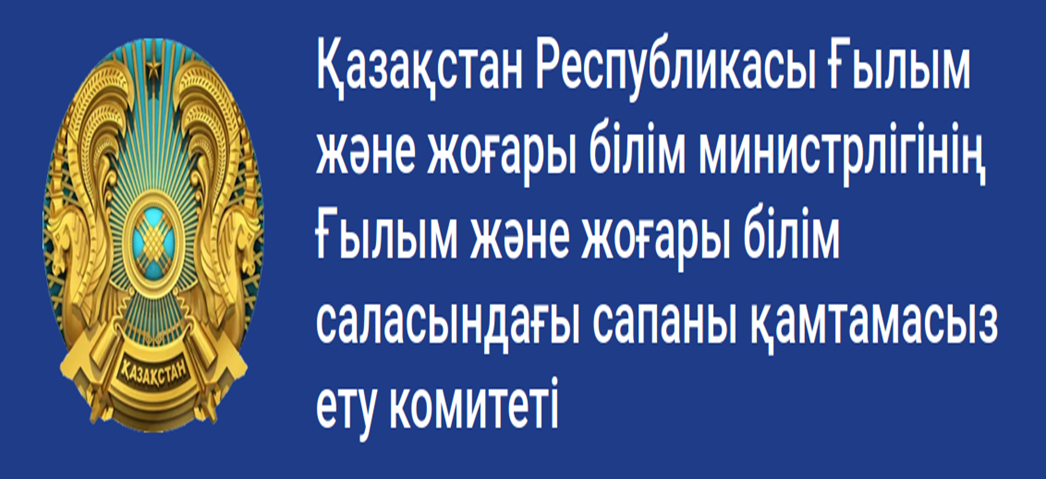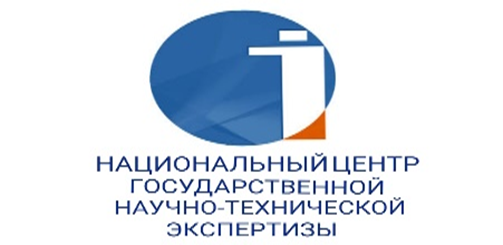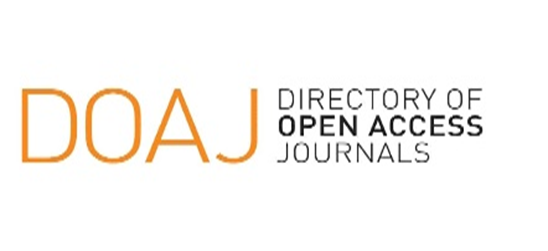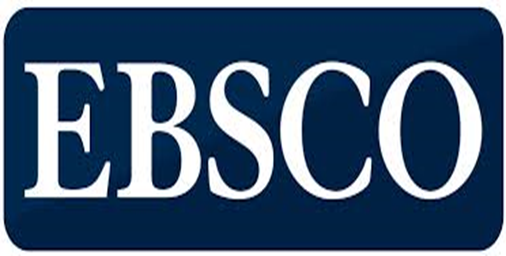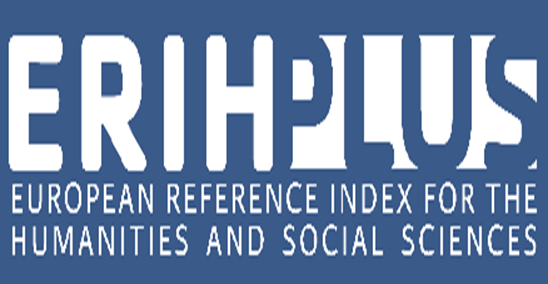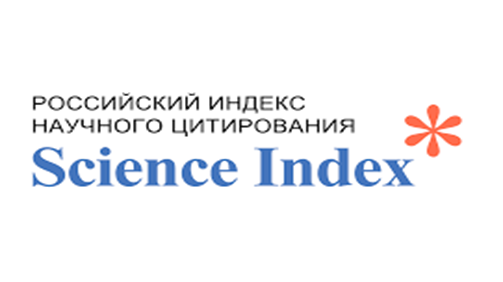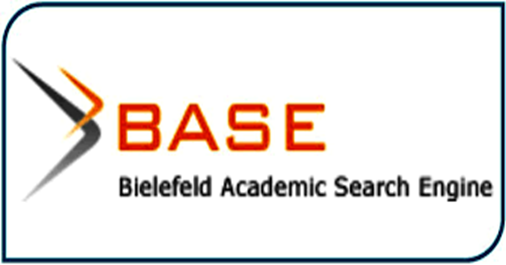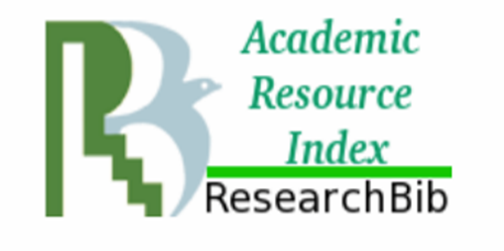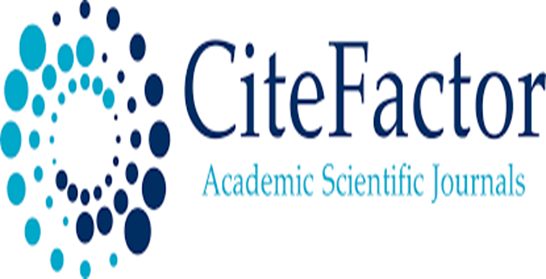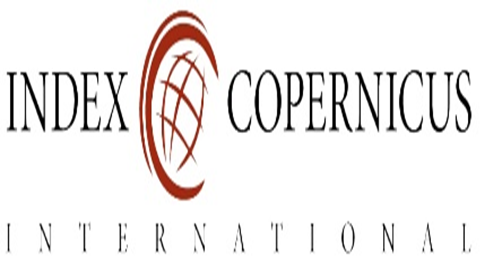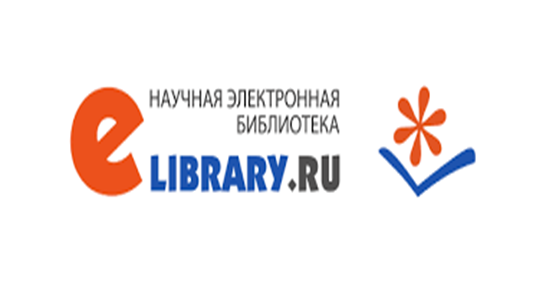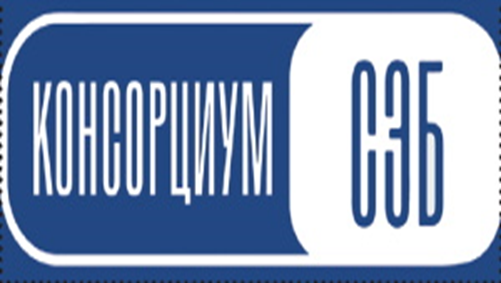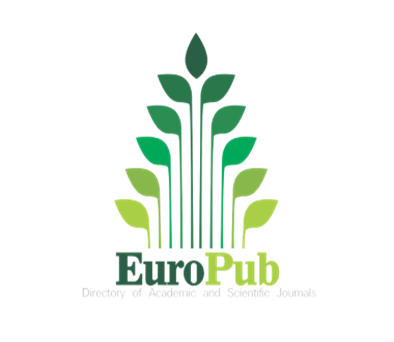Linguosynergetic features of the concepts of “blessing” and “curse”
Views: 250 / PDF downloads: 89
DOI:
https://doi.org/10.32523/2664-5157-2025-2-182-196Keywords:
linguosynergetics, concept, blessing, curse, emergence, cognitive linguistics, culture, linguistic analysis, dynamic system, synergetic cycle, synergetic elements.Abstract
The cognitive system of a concept in human consciousness is formed as a virtual image as a result of the perceptual perception of reality. It is actualized in cognition and ultimately reflected in speech. This article aims to provide a deeper understanding of the dynamic development of concepts in the Kazakh language by analyzing the issue of concepts in linguistics from a cognitive and synergetic perspective. A concept is a continuously evolving phenomenon that possesses dynamic properties and is based on a scenario-based system. In the course of its development, it never reaches a semantic limit. As society undergoes renewal and modernization, concepts adapt to new conditions, evolving and transforming through the process of change. In recent years, new directions have emerged in cognitive linguistics to study the evolution of concepts.
Linguosynergetics is a field that studies the ability of the language system to self-organize, its dynamic changes and the emergence of new structures. This approach enables the identification of the interactions between linguistic units and concepts, as well as their stable and changing aspects. Although the relationship between linguistics and synergetics, as well as the manifestation of synergetic principles in language, has been extensively studied in global linguistics, expanding the interdisciplinary connections and scientific scope of the field, this process still requires further research, additions, and new perspectives in Kazakh linguistics. This article examines the characteristics of the concepts of "blessing" (alǵys) and "curse" (qarǵys), their interaction, specific features, and synergetic properties. Their socio-cultural role in society and their dynamic system of development are analyzed. Through structural, semantic, cognitive, and discourse analysis of these concepts, their synergetic elements and emergent properties can be identified. Additionally, their linguistic representation and dynamic development system are determined. The obtained results can contribute to expanding the field of linguosynergetics in Kazakh linguistics, forming new perspectives in conceptology, and broadening cognitive and interdisciplinary research within Kazakh linguistics. It is expected that the research findings will deepen the understanding of the linguistic and cognitive representation of the concepts of "blessing" and "curse", as well as offer new perspectives for further synergetic studies in linguistics.
Downloads
Reference
Бабатайұлы Б., 1993. Қазақтың көне дүниетанымы. Алматы: Рауан баспасы. 420 б.
Бейсембаев А.Р., Маняпова Т.К., 2024. Синергетический анализ эмерджентных свойств текста. Ш. Уәлиханов атындағы КУ хабаршысы. Филология сериясы. 1. P. 154-162.
Бронник Л.В., 2009. Язык как эмерджентный феномен: к проблеме языковой целостности. Известия ВГПУ. с.19.
Chkheidze M., 2023. The Synergetic Paradigm: A Confluence of Linguistic and Cultural Anthropology in The Examination of Cultural Values. Journal of Social Research and Behavioral Sciences. 9 (20), Р. 48-59. https://doi.org/10.52096/jsrbs.9.20.03
Drozhashchikh N.V., 2012. Introduction to Dynamic Language Synergetic. Tyumen: TyumGU. С. 101.
Қайдар Ә., 2013. Қазақ тіліндегі қос сөздер: зерттеу және сөздік. Алматы: Сардар баспа үйі. 456 б.
Қазақ әдеби тілінің анықтамалығы, 2016. Астана: Ш.Шаяхметов атындағы тілдерді дамытудың республикалық үйлестіру-әдістемелік орталығы. 150 б.
Ғабитханұлы Қ., 2006. Қазақ мифологиясының тілдегі көрінісі. Алматы: Арыс баспасы. 170 б.
Хакен Г., 2003. Тайны природы. Синергетика: учение о взаимодействии. Mосква: ИКИ. С. 245.
Khramchenko D.S., 2023. The power of synergy in discourse: Exploring persuasive language in English mass media. Indonesian Journal of Applied Linguistics. 13(2). 368-379. https://doi.org/10.17509/ijal.v13i2.63068
Колесов В.В., 2019. Синергийные связи концептов. Гуманитарный вектор. №14. С. 6-12. DOI: https://doi.org/10.21209/1996-7853-2019-14-1-6-12
Kozhahmetova A., 2022. Synergetic paradigm in linguistics. Tiltanym. №4. 41-50 б. https://doi.org/10.55491/2411-6076-2022-4-41-50
Latiypova Y.A., Spodarets, O.O., & Vorob’eva, O.V., 2022. The Concept in the CognitiveSynergetic Aspect. Филология: научные исследования. 2022. №1. С. 11-20. https://doi.org/10.7256/2454-0749.2022.12.39507
Пиатровский Р.Г., 2006. Лингвистическая синергетика: исходные положения, первые результаты, перспективы. СПб.: Филологический факультет СПбГУ. 205 c.
Қорқыт ата кітабы, 1986. Алматы: Жазушы. 128 б.
Shang Y., Li Y., Xu F., & Li Y., 2024. Synergy-of-Thoughts: Eliciting Efficient Reasoning in Hybrid Language Models (N2402.02563). arXiv preprint arXiv:2307.05300. Cornel university. [Electronic Resource] – URL: https://arxiv.org/abs/2402.02563 (date: 4.02.2024)
Wang Z., Mao S., Wu W., Ge T., Wei F., & Ji H., 2024. Unleashing the Emergent Cognitive Synergy in Large Language Models: A Task Solving Agent through Multi-Persona SelfCollaboration (No. arXiv:2307.05300). arXiv preprint arXiv:2307.05300. Cornel university. [Electronic Resource] – URL https://arxiv.org/abs/2307.05300 (date: 11.07.2023)
REFERENCE
Babataiuly B., 1993. Qazaqtyn kone dunietanymy. [Ancient Kazakh Worldview] Almaty: Rauan baspasy. 420 р. [in Kazakh]
Beisembaev A.R., Manyapova T.K., 2024. Sinergeticheskiy analiz emergentnykh svoystv teksta [Synergetic analysis of the emergent properties of the text]. Sh. Ualikhanov atyndagy KU khabarchy. Filologiya seriyasy. No 1. [in Russian]
Bronnik L.V., 2009. Yazyk kak emergentnyi fenomen: k probleme yazykovoy tselostnosti [Language as an emergent phenomenon: On the problem of language integrity]. Izvestiya VGPU. Р. 19. [in Russian]
Chkheidze M., 2023. The Synergetic Paradigm: A Confluence of Linguistic and Cultural Anthropology in The Examination of Cultural Values. Journal of Social Research and Behavioral Sciences. 9 (20). Р. 48-59. https://doi.org/10.52096/jsrbs.9.20.03
Drozhashchikh N.V., 2012. Introduction to Dynamic Language Synergetic. Tyumen: TyumGU. Р. 101. [in English]
Gabitkhanuly Q., 2006. Qazaq mifologiyasynyn tildegi korinisi. [Kazakh Mythology in Language] Almaty: Arys baspasy. 170 р. [in Kazakh]
Khramchenko D.S., 2023. The power of synergy in discourse: Exploring persuasive language in English mass media. Indonesian Journal of Applied Linguistics. 13 (2). Р. 368-379. https://doi.org/10.17509/ijal.v13i2.63068
Khaken G., 2003. Tainy prirody. Sinergetika: uchenie o vzaimodeystvii. [Mysteries of Nature. Synergetics: The Doctrine of Interaction]. Moskva: IKI. Р. 245. [in Russian]
Kolesov V.V., 2019. Sinergiynye svyazi konceptov [Synergetic connections of concepts]. Gumanitarnyi vektor. No14. Р. 6-12. DOI: 10.21209/1996-7853-2019-14-1-6-12. [in Russian]
Kozhahmetova A., 2022. Synergetic paradigm in linguistics. Tiltanym. No4. 41-50 p. https://doi.org/10.55491/2411-6076-2022-4-41-50
Latiypova Y.A., Spodarets O.O., Vorob’eva O.V., 2022. The Concept in the Cognitive-Synergetic Aspect. Filologiya: nauchnye issledovaniya. No1. P. 11-20. https://doi.org/10.7256/2454-0749.2022.12.39507
Piatrovskiy R.G., 2006. Lingvisticheskaya sinergetika: iskhodnye polozheniya, pervye rezul'taty, perspektivy. [Linguistic Synergetics: Basic Principles, First Results, Prospects]. SPb.: Filologicheskiy fakultet SPbGU. [in Russian]
Qaidar A., 2013. Qazaq tilindegi qos sozder: zertteu zhane sozdik. [Reduplicated words in the Kazakh language: research and dictionary] Almaty: Sardar baspa uyi. 456 p. [in Kazakh]
Qazaq adebi tilining anyqtamalygy [Dictionary of the Kazakh literary language], 2016. Qurastyrgan: S.A. Itegulova, A.Q. Kozhahmet. Astana: Sh. Shayakhmetov atyndagy tilderdi damytudyn respublikalyk uilestiru-adistemelik ortalygy. 150 p. [in Kazakh]
Qorqyt ata kitaby, 1986. [The Book of Korkyt Ata]. Almaty: Zhazushy baspasy. 128 p. [in Kazakh]
Shang Y., Li Y., Xu F., & Li Y., 2024. Synergy-of-Thoughts: Eliciting Efficient Reasoning in Hybrid Language Models (N2402.02563). arXiv preprint arXiv:2307.05300. Cornel university. [Electronic Resource] – URL: https://arxiv.org/abs/2402.02563 (date: 4.02.2024)
Wang Z., Mao S., Wu W., Ge T., Wei F., & Ji H., 2023. Unleashing the Emergent Cognitive Synergy in Large Language Models: A Task-Solving Agent through Multi-Persona Self-Collaboration (No. arXiv:2307.05300). arXiv preprint arXiv:2307.05300. Cornel university. [Electronic Resource] – URL https://arxiv.org/abs/2307.05300 (date: 11.07.2023)
Downloads
Published
How to Cite
Issue
Section
License
Copyright (c) 2025 Turkic Studies Journal

This work is licensed under a Creative Commons Attribution-NonCommercial 4.0 International License.

